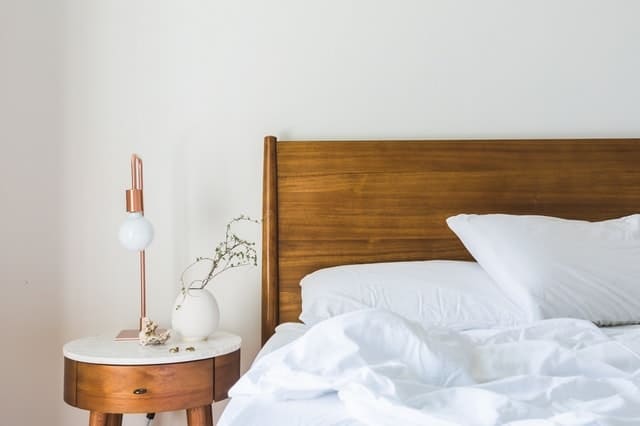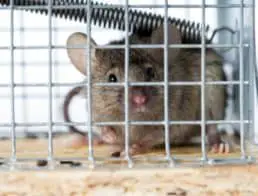If you find yourself waking up with itchy red welts all over your body, bed bugs might be to blame. Bed bugs can be difficult to get rid of, but not impossible. Follow these 6 steps to help get rid of bed bugs in your home for good.
Step 1: Inspect Your Home

The first step in getting rid of bed bugs for good is to know exactly where they are. By performing a thorough inspection of your home, you will know which areas are infested and need treated. Bed bugs like to hide in cracks and crevices in walls, boxes, luggage, and even books! However, since they feed on humans while they sleep, they’re typically found in beds — mattresses, box springs, and pillows.
Helpful Tip: Bed bugs can also hide in electronics and other appliances, so be sure to inspect these areas as well.
Step 2: Vacuum Thoroughly
Once you’ve identified the affected areas, give a thorough vacuum in order to get rid of as many bugs as you can. Don’t forget to vacuum all carpets and mattresses in the home, making sure to get deep into any crevices. Once you’ve finished vacuuming, remove and dispose of the vacuum bag (or empty the canister) into a sealed plastic bag outside.
Helpful Tip: If you can’t completely remove all bed bugs and need to dispose of your furniture, do so in a responsible manner. Leaving a note on the couch that says “bed bugs” can help prevent the further spread of these annoying insects.
Keep in Mind: If there are any rips or tears in your mattress or box spring, bed bugs may be hiding inside, as well as on the outside. Many professionals recommend discarding infested beds for this reason.
Step 3: Apply Heat
After you’ve thoroughly vacuumed any bed bugs, you’ll want to treat the area with high heat — at least 100 degrees. Crank up that thermostat, or bust out a handheld steam cleaner to blast any corners and crevices where bugs might be hiding.
Helpful Tip: Clothing and other fabrics can either be sealed in black garbage bags and placed in the sun for a few days, or laundered on high heat in order to help kill bed bugs.
Keep in Mind: You can also freeze bed bugs in order to kill them, but that will require up to two weeks of below freezing temperatures in order to be effective.
Step 4: Apply an Insecticide/Alternative
The next step in getting rid of bed bugs for good is to apply a natural insect killer such as diatomaceous earth, boric acid, or silica gel into cracks and crevices around your home. These powders work to kill bed bugs by damaging their outer coating so they dry out and die.
Warning: Be careful not to ingest or inhale these insecticide alternatives, as they can be very irritating to the lungs. Be mindful if you have pets in the home as this could be an issue for them as well.
Keep in Mind: There are aerosol and spray liquid bed bug killers, but these should be used with caution and only following the manufacturer’s instructions for use.
Step 5: Seal Cracks and Holes
Bed bugs like to hide and breed in holes and cracks around the home, so caulking cracks and crevices, and patching any drywall that needs repaired can help to reduce these harboring areas.
Step 6: Prevent Bed Bugs from Returning
Finally, you’ll want to take steps to ensure that bed bugs don’t return and set up shop in your mattress. The best way to do this is to purchase a protective cover to encase your mattress, pillows, and box spring so that they can’t get cozy in your bed.
Helpful Tip: If you travel, be sure to check your clothing and luggage before bringing them into your home, as you may have picked up bed bugs from your hotel. Bed bugs can even hide in the creases of books!
Keep in Mind: You MUST repeat treatment steps every 7-10 days until there is no further evidence of bed bugs in order to ensure they are completely gone. This can take 8 weeks or longer to achieve.
Some bed bug infestations will still persist, despite these treatments. If you’re having trouble getting rid of bed bugs for good, call in a professional pest control company that can help determine the correct treatment or insecticide to use. Even for professionals, it can take hours of pesticide application and multiple treatments before your home can finally be declared bed bug-free.








